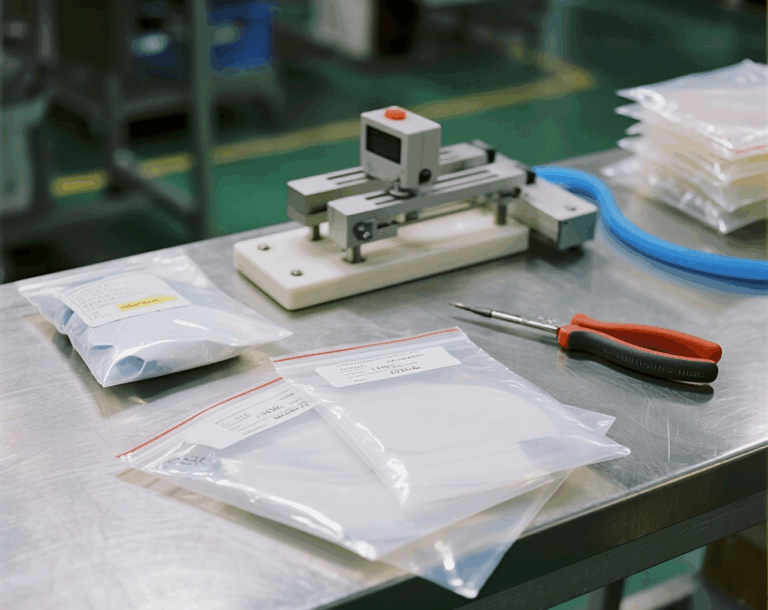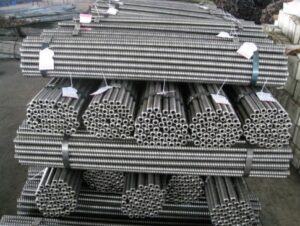Top Applications of Soil Anchors in Construction Projects
Home » Top Applications of Soil Anchors in Construction Projects
RECENT POSTS
Share:
- July 2, 2025
Table of Contents
In civil and geotechnical engineering, the importance of stability and load transfer cannot be overstated. One crucial component often used to ensure structural safety in both temporary and permanent construction works is soil anchors. These anchoring systems serve as fundamental tools for transferring tensile forces from structures to stable soil layers, particularly in projects involving slopes, retaining walls, or deep excavations.
Understanding where and how soil anchors are used is essential for project planners, engineers, and contractors aiming to enhance both safety and cost-efficiency. This article explores the top applications of soil anchors in construction, compares them with other solutions, and outlines technical parameters that determine their performance.
Why Soil Anchors Matter in Construction
Load Transfer and Stabilization
Soil anchors—also known as ground anchors or earth anchors—are structural elements used to resist horizontal or uplift forces. Typically made from high-strength steel tendons or rods, they are installed into boreholes and bonded with grout into competent soil or rock layers. Once tensioned, they provide active restraint to unstable soil masses or structures.
According to a 2023 report by the American Society of Civil Engineers, soil anchors are used in over 65% of all urban excavation support systems in North America.
Major Applications of Soil Anchors in Construction
1. Excavation Support Systems
One of the most widespread uses of soil anchors is in deep excavations, particularly in urban environments where space is limited and retaining systems are required.
Key Functions:
- Reinforcing soldier pile walls, diaphragm walls, or sheet piles
- Preventing soil collapse under lateral earth pressure
- Allowing vertical excavation near existing structures
Example: In metro tunnel shaft construction, soil anchors can allow vertical excavation depths of over 20 meters, reducing the footprint and avoiding the need for sloped cuts.
2. Retaining Walls and Slope Stabilization
Soil anchors are vital in retaining wall construction, especially in hilly terrain or areas susceptible to landslides.
Common Applications:
- Roadway or highway cut slopes
- Bridge abutment reinforcement
- Stabilization of embankments near rivers or railways
Soil anchors offer a more economical and less intrusive solution compared to massive gravity walls or soil nailing in many mid-slope reinforcement cases.
| System Type | Anchor Requirement | Excavation Depth | Cost per meter (approx.) |
| Cantilever Wall | Not needed | <4m | $250–$350 |
| Anchored Wall | Yes (1–3 rows) | 5–20m | $400–$700 |
| Soil Nailing | Yes (nails) | 5–15m | $350–$600 |
3. Tieback Support for Temporary Shoring
In temporary shoring systems, soil anchors (usually removable or de-tensionable) serve as tiebacks that resist wall movement during construction phases.
Benefits:
- Reduces the need for bulky internal struts or braces
- Frees up workspace for excavation equipment
- Minimizes traffic disruption in urban construction
For temporary excavations in city centers, tieback soil anchors are preferred over cross-lot bracing due to better maneuverability and cost savings in the range of 10–15% per project.
4. Bridge and Dam Reinforcement
In infrastructure construction, soil anchors are employed to secure dam spillways, anchor bridge abutments, and counteract uplift forces in hydro-technical structures.
Use Cases:
- Locking abutments of suspension or cable-stayed bridges
- Anchoring floating dams or barrage gates
- Stabilizing spillway slabs against uplift
High-capacity anchors (with tensile capacity exceeding 1500 kN) are often required in such structures, and load testing is mandatory per international standards like EN ISO 22477-5.
5. Wind and Solar Foundation Systems
With the global shift toward renewable energy, soil anchors are increasingly applied in wind turbine and solar panel foundations, especially in terrains with soft or expansive soils.
Key Advantages:
- Lower material use compared to concrete foundations
- Faster installation time (often <1 hour per anchor)
- Reusability and minimal environmental footprint
This application is especially relevant for temporary or modular solar farms and microgrids deployed in developing regions or disaster response zones.
Soil Anchors vs Alternative Solutions
| Criteria | Soil Anchors | Soil Nails | Gravity Retaining Walls |
| Best for | Deep excavation, high loads | Shallow slopes | Small retaining heights |
| Installation Method | Drilled + grouted | Drilled + grouted | Stackable concrete |
| Load Resistance | High (tensile focus) | Moderate | Passive (self-weight) |
| Flexibility | High (design-specific) | Medium | Low |
| Cost Efficiency | Moderate to high | Moderate | High for small projects |
Soil anchors offer a stronger and more flexible solution than soil nails when active restraint and high load capacity are required. They are ideal for taller walls or situations involving water pressure and seismic loads.
Technical Considerations When Using Soil Anchors
For effective anchor design and performance, several parameters must be factored in:
- Anchor Length: Usually 10–25 meters depending on soil profile
- Free Length vs Bond Length: Bond length must be embedded in stable soil/rock
- Load Testing: Proof test (100–150% design load) before final tensioning
- Corrosion Protection: HDPE sheath, double corrosion protection (DCP), or epoxy coating for long-term use
Compliance with standards like ACI 349, BS EN 1537, and ASTM D4435 is essential for durability and structural integrity.
Conclusion
Soil anchors are indispensable in modern construction for deep excavations, slope stabilization, and infrastructure reinforcement. Their high tensile strength, design adaptability, and cost-effectiveness make them preferable over bulkier traditional solutions in many scenarios. Whether used temporarily for shoring or permanently in bridge and dam construction, soil anchors deliver stability where it’s most needed—deep in the ground.
When choosing an anchoring solution, always assess soil conditions, structural requirements, and long-term exposure. And more importantly, work with experienced geotechnical engineers and follow relevant standards to ensure both safety and efficiency.
0



